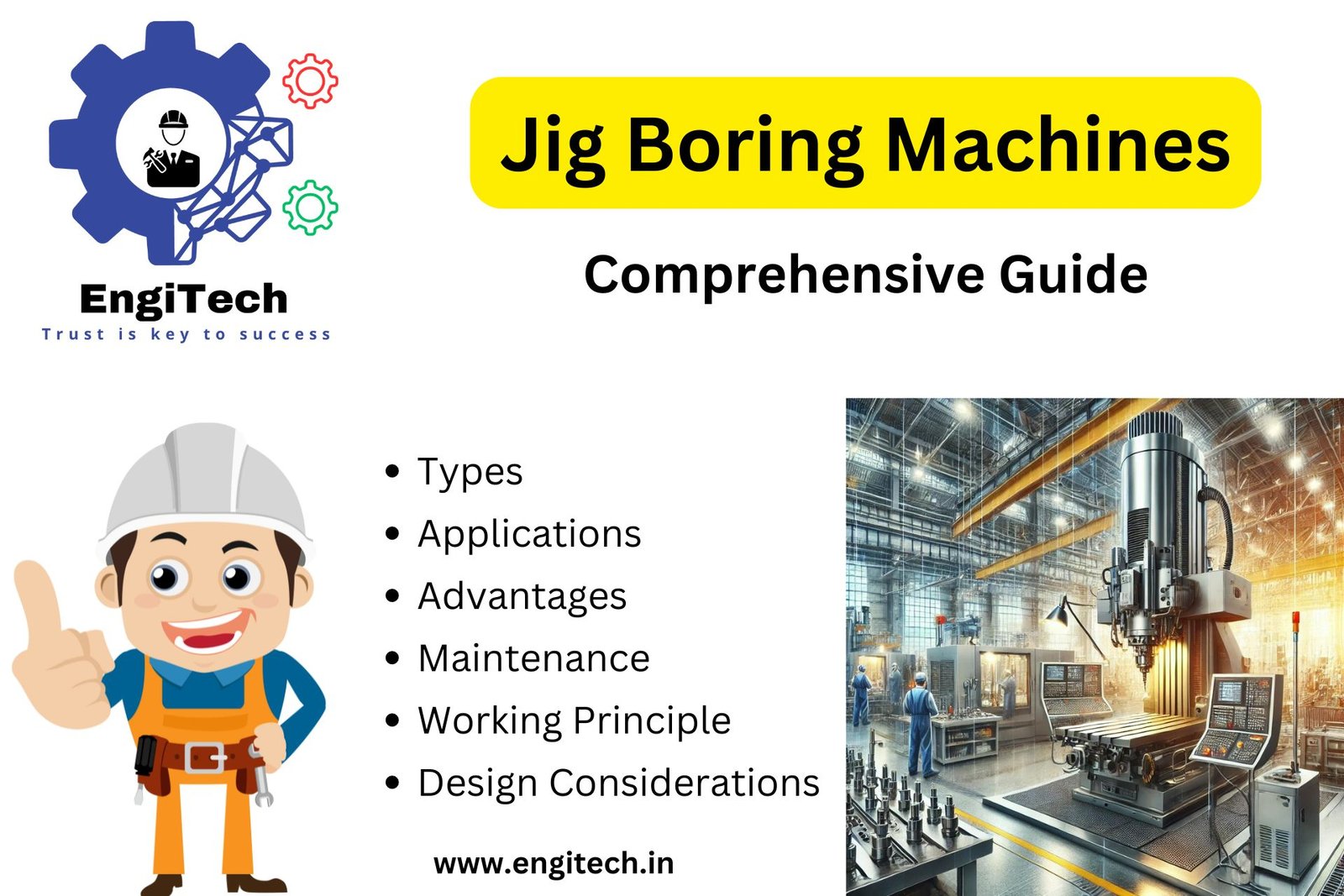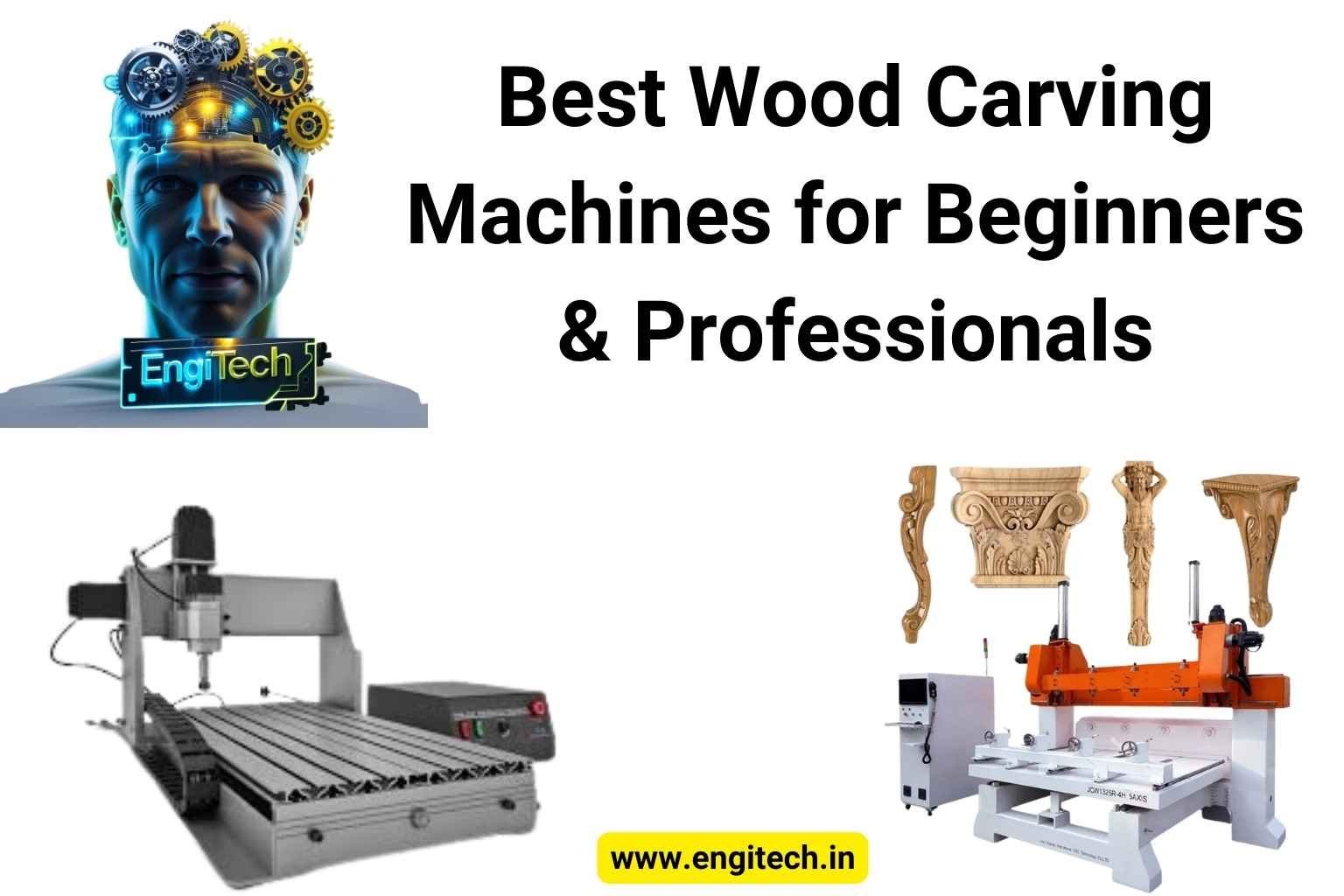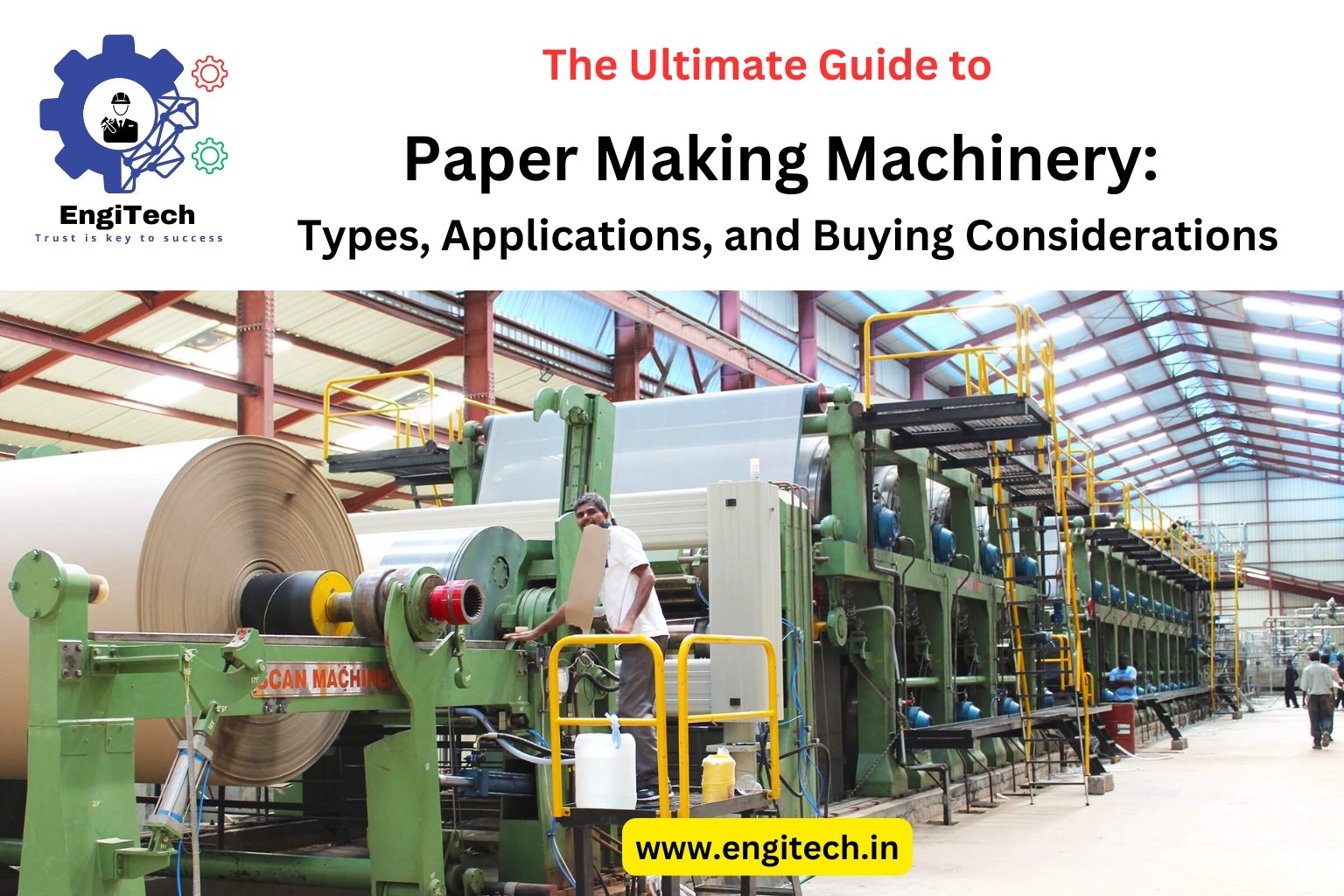Square Bottom vs V Bottom Paper Bags: Which Is Better for Your Business?
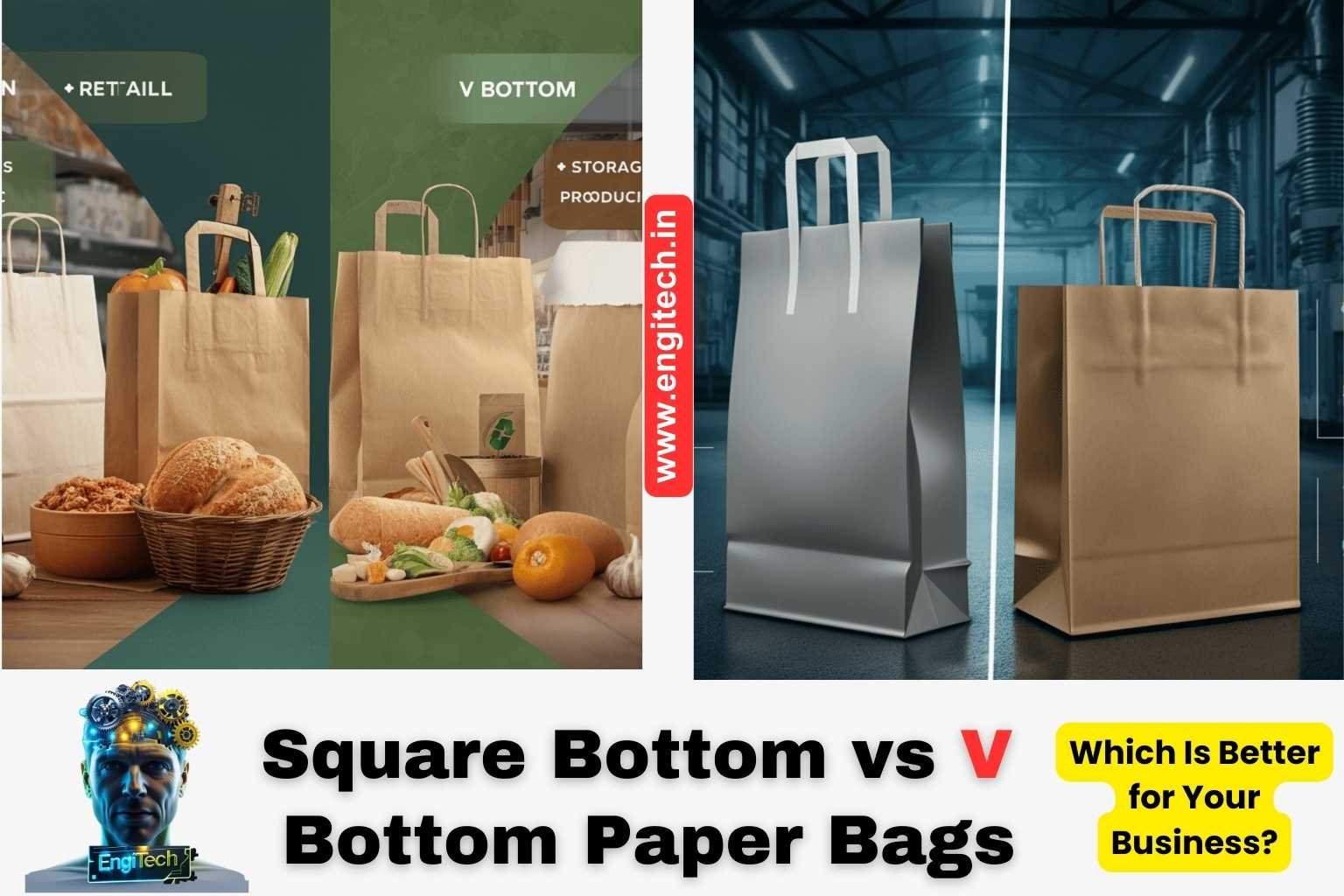
Have you ever wondered why certain paper bags stand sturdier on a countertop while others fold easily for quick storage? Whether you run a boutique, a bakery, or a large retail chain, selecting the right paper bag can make a surprising difference in both customer experience and operational efficiency. In this article, we’ll dive deep into the Square Bottom vs V Bottom Paper Bags: Which Is Better for Your Business? From durability to cost-effectiveness, we’ll explore every angle of these two popular paper bag designs. By the end, you’ll have a clear understanding of which option best suits your brand, your customers, and your budget.
In the upcoming sections, we’ll examine not only the physical construction of these bags but also the ripple effects on brand perception, sustainability efforts, and long-term business profitability. If you’ve ever found yourself torn between presentation and practicality, you’re in the right place. Let’s get started.
Table of Contents
1. Understanding the Basics of Paper Bag Design
Before we jump into the nitty-gritty differences between square bottom and V bottom paper bags, let’s take a step back and understand the fundamental design elements of a paper bag. Paper bags, whether used in retail, food service, or promotional contexts, all share a few core components:
- Paper Grade and Thickness: Ranging from lightweight kraft paper to heavier cardstock-like materials.
- Adhesives: Determining how the folds and layers stay together.
- Handles: Rope handles, flat handles, or no handles at all—this can impact both aesthetics and practicality.
- Bottom Structure: The focal point of our discussion, as it affects load-bearing capacity and visual appearance.
These elements come together to form a bag that not only holds goods but also represents your brand’s values, durability standards, and environmental commitments. When you fully understand how a paper bag is constructed, it becomes easier to weigh the pros and cons of square bottom vs V bottom designs.
2. Why Paper Bags Matter in Modern Business
In an era where eco-friendly and sustainable choices increasingly drive consumer behavior, businesses can’t afford to overlook the importance of packaging. Here’s why paper bags play such a crucial role:
- First Impressions Count: Packaging is often the first physical interaction a consumer has with your brand. An attractive, sturdy paper bag can elevate your brand’s perceived quality.
- Environmental Considerations: According to a 2021 report from the U.S. Environmental Protection Agency, more than 380 billion plastic bags are used in the United States each year. Switching to paper can reduce plastic waste and showcase your eco-conscious philosophy.
- Customer Convenience: Paper bags are easy to store, recyclable, and often sturdier (when designed well) than their plastic counterparts.
- Cost Efficiency: With the right supplier and design, paper bags can be cost-effective, especially when bought in bulk.
In short, investing in the right type of paper bag isn’t just about aesthetics—it also ties into sustainability and branding, both of which are top priorities for businesses aiming to thrive in a competitive market.
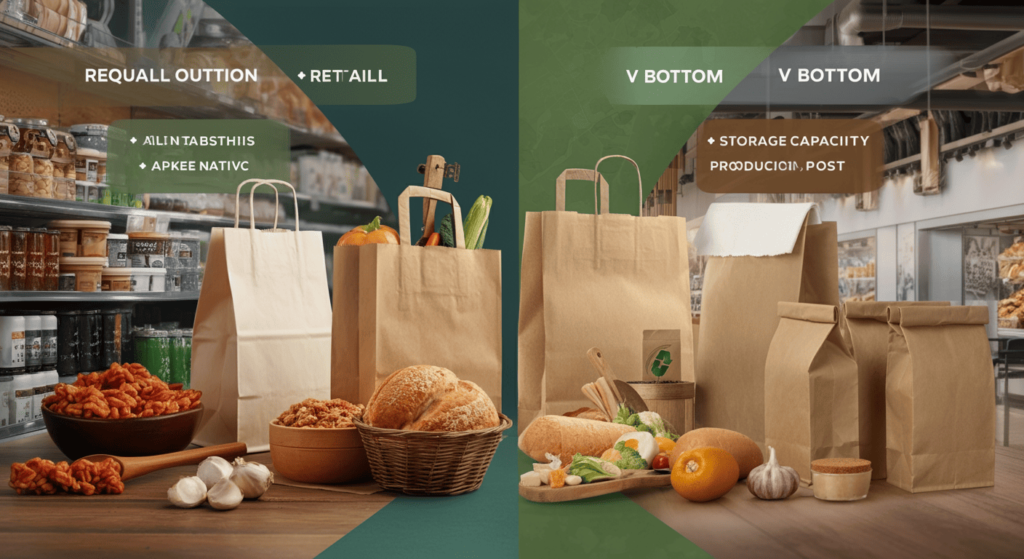
3. Square Bottom Paper Bags: A Comprehensive Overview
3.1 Construction and Key Features
Square bottom paper bags are characterized by their flat, perfectly rectangular base. Often made with heavier kraft paper, they are designed to stand upright on shelves or counters without tipping. The construction typically involves:
- Multiple Folds at the Base: Reinforced edges and adhesives to create a strong, stable bottom.
- Side Gussets: These expand to give the bag a boxy shape, allowing for more interior space.
- Optional Handles: Rope or flat paper handles attached to the top, which can be reinforced for heavier loads.
The square bottom structure aims for maximum stability. Imagine placing a packed lunch on a table—a square-bottomed lunch bag stands on its own, whereas a simpler “V” fold might collapse or topple. This reliability in shape often appeals to businesses that value presentation, such as high-end boutiques or bakery shops displaying products on a counter.
3.2 Pros of Square Bottom Paper Bags
- Enhanced Stability
The flat, boxy base prevents items from shifting or spilling. This is especially useful for businesses dealing with bakery goods, glass bottles, or delicate merchandise that must remain upright. - Improved Aesthetics
Because they stand well, square bottom bags display your branding prominently and appear upscale. This can elevate the perceived value of the items inside. - Higher Load Capacity
The reinforced bottom can handle heavier contents with less risk of tearing. For example, a wine shop may prefer square bottom bags to confidently hold bottles. - Reusable Appeal
Customers are more likely to reuse a sturdy, stable bag at home, effectively turning the bag into a “walking billboard” for your brand.
3.3 Cons of Square Bottom Paper Bags
- Higher Production Cost
The added material and multiple folds can increase manufacturing expenses. If your business is on a tight budget, you might find these bags slightly pricier. - Storage Space
Due to their thicker construction, square bottom bags may require more storage room. Businesses with limited backroom space might see this as a drawback. - Potential Over-Engineering
Not every product warrants a bag this sturdy. If you’re packaging small, lightweight items, the square bottom may be “overkill” and add unnecessary costs.
Overall, square bottom paper bags excel when presentation, stability, and brand perception are top priorities. However, they might not be the ideal choice for every situation—especially if cost and storage space are major concerns.
4. V Bottom Paper Bags: A Deep Dive
4.1 Construction and Key Features
V bottom paper bags, sometimes referred to as “pinch-bottom” bags, are identifiable by their pointed, folded base that forms a “V” shape. They are often thinner and less structured than square bottom bags, making them ideal for quick-service scenarios. Key construction elements include:
- Single Crease at the Bottom: Formed by folding the paper inward, creating a triangular or V-shape.
- Minimal Gusset: These bags usually have limited side gussets, leading to a sleeker but less boxy design.
- Lightweight Materials: Often made from thinner kraft paper or even recycled paper for cost-efficiency.
While V bottom bags may not stand upright without support, they typically fold flat for efficient storage and are quite easy to mass-produce, making them a favorite in some retail and food service contexts.
4.2 Pros of V Bottom Paper Bags
- Lower Production Costs
With fewer folds and less overall paper used, V bottom bags can be more budget-friendly, particularly in large quantities. - Space-Efficient Storage
Their flat design when not in use is a huge advantage for businesses with limited storage capacity. - Quick Service Convenience
V bottom bags are often used in quick-serve restaurants or coffee shops, as they are easy to open, fill, and hand to customers. - Eco-Friendlier (in Some Cases)
Because they use less paper, V bottom bags can have a smaller carbon footprint during production—assuming the paper itself is sourced responsibly.
4.3 Cons of V Bottom Paper Bags
- Less Stability
The triangular base can cause contents to shift, making these bags a poor choice for delicate or easily spillable items. - Lower Load Capacity
Thinner paper and a simpler fold mean these bags are more prone to tearing under heavier weights. - Limited Branding Opportunities
V bottom bags don’t stand upright as easily, reducing their visual impact. While you can still print a logo, the bag’s shape might not display branding as effectively as a square bottom design.
Despite these drawbacks, V bottom paper bags remain a practical solution for businesses that prioritize cost-effectiveness, convenience, and quick turnover of goods—think fast-food outlets, bakeries with grab-and-go pastries, or budget retail stores.
5. Cost Considerations and Budgeting
The cost of your paper bags hinges on multiple factors: paper quality, printing, additional features like handles, and order quantity. Here’s how you can plan your budget effectively:
- Bulk Ordering
Most manufacturers offer discounts for larger orders. If you have consistent bag usage and storage space, consider ordering in bulk to drive down per-bag costs. - Paper Quality Trade-Offs
Thicker paper and custom finishes (e.g., gloss lamination, foil stamping) increase costs. Balance aesthetics and durability with your budget constraints. - Compare Multiple Suppliers
Obtain quotes from at least three suppliers. Check if they offer seasonal or new-customer discounts. - Shipping Expenses
Heavier, bulkier square bottom bags may cost more to ship. V bottom bags, being more compact, often reduce shipping and warehousing expenses. - Waste Minimization
Purchasing the right type of bag for your product can reduce the risk of wasted resources. For instance, if your items are light, you might opt for cost-effective V bottom bags rather than over-engineering with square bottom ones.
By carefully analyzing these cost factors, you can strike a balance between aesthetic requirements, functional needs, and budget limitations.
6. Sustainability and Eco-Friendliness
Today’s consumers are increasingly eco-conscious, and packaging often plays a pivotal role in their perception of a brand. Consider the following environmental angles when choosing between square bottom and V bottom paper bags:
- Paper Source
Look for bags made from Forest Stewardship Council (FSC)-certified or recycled paper. This can help ensure responsible forest management. - Manufacturing Footprint
V bottom bags typically use less paper, which can reduce the carbon footprint associated with production. - End-of-Life Options
Both bag types are generally recyclable and biodegradable, but confirm that any inks or coatings are also environmentally friendly. - Consumer Reuse
Square bottom bags have a better chance of being reused because of their sturdiness. Repeated use before recycling reduces overall waste. - Community Engagement
Some businesses create take-back programs where customers can return used bags to be recycled properly. This fosters brand loyalty and eco-awareness.
Selecting paper bags that are responsibly sourced and easily recyclable can enhance your brand’s green credentials—a crucial differentiator in many competitive markets.

7. Branding and Customer Experience
Packaging is storytelling. Each time you hand a customer a bag, you’re narrating a part of your brand’s identity. Keep these points in mind to leverage paper bags as an effective marketing tool:
- Visual Real Estate
Square bottom bags, with their wide, flat surfaces, offer generous space for logos, taglines, and eye-catching designs. If you want your brand to stand out, a square bottom bag provides a more billboard-like canvas. - Unboxing (or Unbagging) Experience
Think about how customers interact with the bag. Will they set it down on a counter to carefully remove items? If yes, a stable, square bottom bag elevates that experience. - Consistency Across Product Lines
If you have multiple product sizes, ensuring consistent branding across different bag types can reinforce brand recognition. - Emotional Connection
Consider small touches like unique textures, ribbons, or handles that feel luxurious. Square bottom bags often incorporate these premium features. - Customization Opportunities
Printing on the entire surface of a bag (also known as “flood coat printing”) is easier on stable, flat-sided bags. V bottom bags might have printing limitations due to their folded corners and narrower panels.
A well-designed bag can serve as a walking advertisement when a customer carries it out of your store. In a world of social media, an attractive bag can also become part of user-generated content, further extending your brand reach.
8. Industry-Specific Applications
Different industries have distinct packaging requirements. Below are a few scenarios where either square bottom or V bottom paper bags might shine:
- Food & Beverage
- Square Bottom: Ideal for bakery boxes and heavier items like glass bottles or meal containers.
- V Bottom: Suitable for light bakery items (croissants, bagels) or quick grab-and-go sandwiches.
- Retail Clothing & Accessories
- Square Bottom: Better for holding multiple clothing items without wrinkling or dropping. Perfect for shoe boxes as well.
- V Bottom: Useful for smaller accessories or single-item purchases where less structure is required.
- Cosmetics & Personal Care
- Square Bottom: Stands upright, reducing the risk of bottles and jars spilling or clanking together.
- V Bottom: May be used for lighter items like small skincare samples or single lipstick purchases.
- Gifts & Stationery
- Square Bottom: Provides a premium, gift-like feel. Can fit multiple gift items without crowding.
- V Bottom: Often used for simple gift-wrapping solutions or single stationery sets.
- Quick-Service Restaurants
- Square Bottom: Great for takeout containers, especially if liquids or sauces are involved, as upright stability is critical.
- V Bottom: Perfect for lighter, quick items like pastries, sandwiches, or smaller to-go orders.
By matching the bag design to your industry’s specific demands, you minimize waste and maximize customer satisfaction.
9. Expert Tips for Choosing the Right Paper Bag
- Assess Your Product Weight
If your items are generally lightweight, you may not need the added cost of a reinforced bottom. Conversely, heavier items make a square bottom almost a necessity. - Think About Storage and Shipping
Consider your available backroom or warehouse space. Storing thousands of square bottom bags will require more room than storing an equivalent number of V bottom bags. - Test for Real-World Usage
Order samples and conduct load tests, drop tests, and even “brand visibility” tests. Evaluate how each bag type performs under realistic store conditions. - Consult Your Printing Vendor
Some printing techniques are easier to apply to square bottom bags. If your design requires complex artwork, confirm that the shape of the bag won’t compromise the final look. - Align with Brand Values
If eco-friendliness is a cornerstone of your brand, ensure that the materials are responsibly sourced and that the bag’s end-of-life disposal aligns with your sustainability message.
10. Common Mistakes to Avoid
- Overlooking Bag Size
Choosing a bag that’s too small leads to cramped items and potential tears. Conversely, a bag that’s too large might cost more and appear wasteful. - Ignoring Handle Quality
A handle that snaps defeats the purpose of a sturdy bottom. Make sure your handle is appropriately reinforced, especially if you’re opting for square bottom bags meant for heavier loads. - Forgetting About Local Regulations
Some regions have strict guidelines on what types of paper or inks can be used. Always check local laws to avoid fines or reputational damage. - Excessive Branding
While branding is crucial, too many design elements can clutter the bag and make it less visually appealing. Strive for a clean, impactful design. - Not Collecting Customer Feedback
Regularly check if customers find the bags easy to carry and if the size suits their purchases. Feedback loops can reveal overlooked problems, helping you optimize your next order.
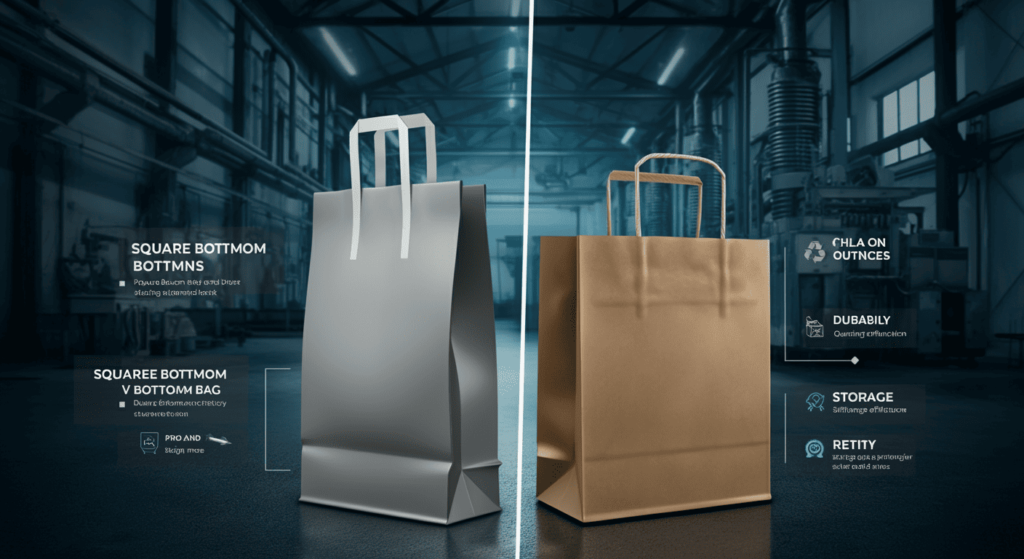
FAQ: Your Top Questions Answered
Below are some commonly asked questions regarding square bottom and V bottom paper bags. These quick insights can guide your decisions and help optimize for Featured Snippets on Google.
1. Which type of paper bag is more eco-friendly?
Both can be eco-friendly if made from recycled or FSC-certified paper. However, V bottom bags typically use less material, potentially making them a greener choice if all other factors (like paper source and recyclability) are equal.
2. Are square bottom bags always more expensive?
Not necessarily. While square bottom bags use more material and often have sturdier construction, bulk discounts and supplier deals can narrow the cost gap. Always compare quotes from multiple manufacturers.
3. Can I print complex designs on V bottom bags?
Yes, though the folds and narrower panels may limit your design area. Square bottom bags provide a larger, flatter surface for elaborate artwork or full-bleed printing.
4. Is it okay to reuse paper bags for heavier items?
Reusing a bag for heavier goods depends on its initial thickness and overall wear-and-tear. Square bottom bags with reinforced handles often stand up to multiple uses better than their V bottom counterparts.
5. How important is bag color in branding?
Color can significantly influence brand recognition. Kraft brown projects a natural, eco-friendly vibe, while white or custom-colored bags can convey a more upscale or modern feel. Choose hues that align with your brand message.
External Sources for Further Reading
Citing reputable external sources not only adds credibility but also shows transparency. Here are a few references to consider:
- U.S. Environmental Protection Agency (EPA): https://www.epa.gov
Provides data on waste management, recycling rates, and sustainability guidelines. - FSC (Forest Stewardship Council): https://fsc.org
Information on responsibly sourced paper and sustainable forestry. - Packaging World: https://www.packworld.com
Industry reports, trend analyses, and case studies on packaging best practices. - American Forest & Paper Association: https://www.afandpa.org
Insights into paper usage, recycling statistics, and innovations in packaging.
Conclusion: Which Paper Bag Style Reigns Supreme?
When it comes to Square Bottom vs V Bottom Paper Bags: Which Is Better for Your Business?, the answer largely depends on your unique operational needs, branding goals, and budget constraints. Square bottom bags excel at presenting items beautifully, offering a stable platform that’s perfect for heavier or more delicate goods. They serve as an excellent canvas for robust branding efforts, elevating the customer’s unbagging experience. On the other hand, V bottom bags shine in fast-paced environments where cost, speed, and storage efficiency are paramount. Their lean design makes them easy to produce, ship, and store.
As you make your decision, ask yourself these key questions:
- What is the average weight of items I’m selling?
- Do I prioritize high-end presentation or quick-service convenience?
- How much storage space do I have for packaging?
- Is sustainability a core brand pillar that might influence paper choice?
By weighing these considerations, you’ll be well on your way to selecting a bag style that resonates with both your brand ethos and your customers’ expectations.
If you’re ready to upgrade your packaging game, share your thoughts or questions in the comments below. We’d love to hear about your experiences with square bottom or V bottom paper bags. Looking for expert advice tailored to your unique industry? Contact our team or subscribe to our newsletter for cutting-edge tips on packaging solutions, design strategies, and more. Don’t let subpar packaging undermine your brand—take the leap and discover the power of the perfect paper bag today!
Stay Connected with EngiTech
EngiTech is your trusted source for in-depth knowledge on industrial mechanical engineering machines and technologies. Stay ahead with the latest innovations, expert insights, and practical guides designed to help you make informed decisions for your business and engineering needs. Join our growing community of professionals and industry leaders to stay updated and competitive in the ever-evolving world of industrial technology.
